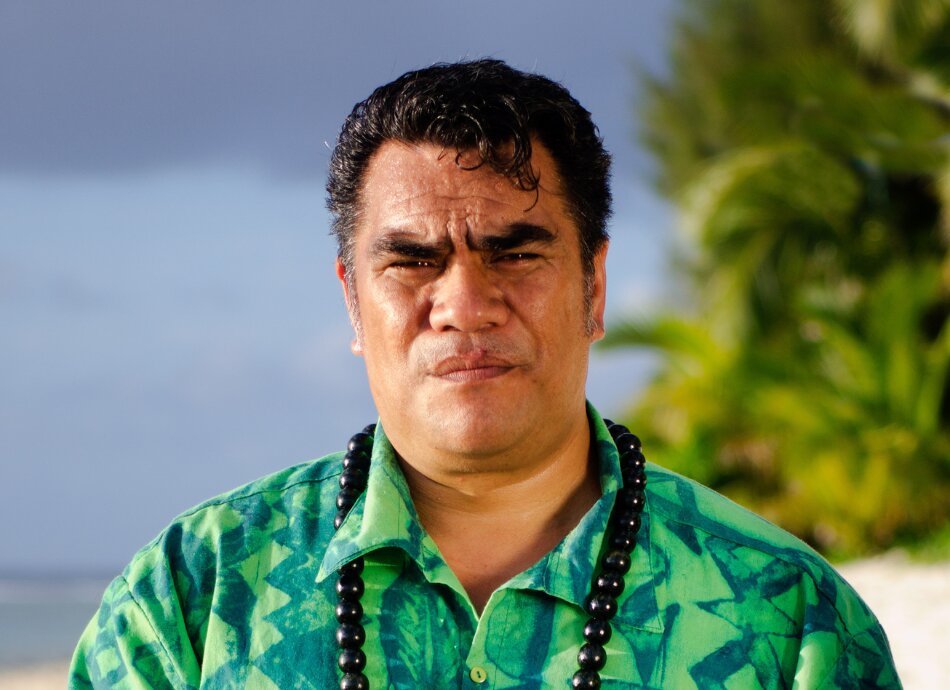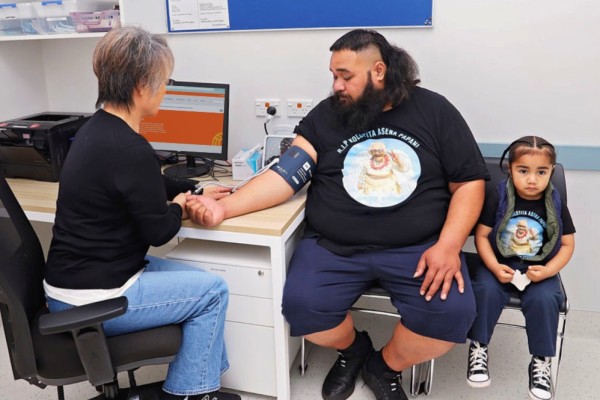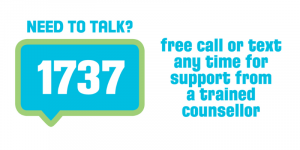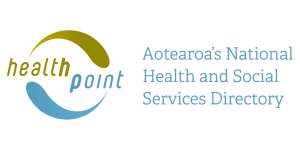Wishing everyone a safe and happy Christmas and New Year – Meri Kirihimete from the Healthify team.
Stroke – how to reduce your risk
Key points about reducing your risk of stroke
- Each year about 9,000 people in Aotearoa New Zealand have a stroke.
- A stroke happens when the blood supply to your brain stops suddenly.
- Strokes can happen to younger as well as older people – up to 30% of strokes are experienced by people under 65 years of age.
- The damage to your brain from a stroke can change your life forever.
- Fortunately, about 90% of strokes are preventable, and there are things you can do to reduce your risk.

The signs and symptoms of stroke usually come on suddenly. The type of signs experienced will depend on what area of the brain is affected.
Common first signs of stroke include 1 or more of the following:
- Face: sudden drooping, weakness and/or numbness of face.
- Arm: sudden weakness of the arm (and/or leg).
- Speech: difficulty speaking, words jumbled or lost voice.
The T in F.A.S.T. represents the need to take action – if you think somebody might be having a stroke, call 111 immediately.
These symptoms are present in 85% of strokes. Find out more about stroke.

Image credit: Stroke Aotearoa NZ
Transient Ischaemic Attacks (TIA)
The symptoms of a TIA are the same as those of a stroke, but unlike a stroke they only last for a few minutes or hours. If you think you or someone you know has had a TIA in the past week, you need to go to a medical centre or emergency department today. This is because there is a 10% risk of having a stroke within the following 7 days, especially within the next 48 hours. Medicines can prevent this from happening. Find out more about TIAs.
There are physical factors and lifestyle habits which increase your chance of having a stroke. You can’t change some stroke risk factors, such as your age and your genes.
However, you can do something about:
- lifestyle factors which increase your risk of stroke, such as smoking, not moving enough and unhealthy food, and
- medical conditions, such as high blood pressure, high cholesterol levels and type 2 diabetes.
Here are some things you can work on to reduce your chance of having a stroke.
Get your blood pressure checked
Getting your blood pressure checked could be the best thing you do to prevent stroke.
Hypertension, or high blood pressure, is the biggest risk factor for stroke in both men and women. A person with high blood pressure is up to 7 times more likely to have a stroke than someone with normal or low blood pressure.
In Aotearoa New Zealand 1 in 5 people have high blood pressure, and about a third of them are unaware, as it often has no symptoms. The only way to know if you have high blood pressure is to get it checked.
High blood pressure damages blood vessels throughout your body, and can be managed with healthy living and medicines if needed. A blood pressure check is quick and painless. Read more about blood pressure.

Image credit: Healthify He Puna Waiora
Quit smoking and vaping
Cigarette smoking is a major stroke contributor. Smokers are about 4 times more likely to have a stroke than non-smokers. This is because the chemicals in cigarettes increase hardening of the arteries (atherosclerosis), thicken your blood and make your arteries clench which makes your blood more likely to clot.
Quitting smoking and/or avoiding second-hand smoke is one of the most powerful lifestyle changes you can make. As soon as you stop smoking, your stroke risk begins to drop. Stopping smoking is hard work, but help is available. Find out more about quitting smoking.
There’s growing evidence that vaping is not harm-free. Read more about the risks of vaping.
Choose healthy foods
A healthy diet helps with lots of stroke risk factors, including being overweight, having high cholesterol and type 2 diabetes.
Choose a variety of healthy whole foods each day.
Lots of:
- vegetables and fruit of different colours
- Whole grain breads and cereals
- Legumes (peas and beans), nuts and seeds.
Some:
- milk, yoghurt and cheese.
A little:
- lean meats, chicken, seafood, eggs.
Limit processed foods and sweet drinks. If you're adding oil, make it olive oil if you can. Choosing these foods will protect your brain health and boost the fibre in your diet. Find out more about healthy eating basics.
Get moving
The health benefits of regular exercise are hard to ignore. Regular physical activity will lower your risk of stroke by 25%.
Exercise lowers your blood pressure and your chance of developing type 2 diabetes. Walking is a low-cost or free way to fit exercise into your day. All you need is a supportive pair of shoes. Find out more about the benefits of walking.
You could build up to about 30 minutes of moderate exercise on most days of the week. As well as walking, try cycling, swimming, aqua-aerobics, dancing, even gardening. There are plenty of ways you can add physical activity into your day.
Stay at a healthy weight
Healthy eating and regular exercise can help you maintain a healthy weight. Being very overweight can increase your chance of having a stroke. Extra weight often comes with health problems such as high blood pressure and diabetes, which also make a stroke more likely. The good news is that even losing a small amount of weight can help lower your risk of having a stroke. If you’re finding it hard to manage your weight or lose weight, talk to your healthcare provider. Read more about weight loss support.
Cut back on alcohol
Limiting the amount of alcohol you drink is an important way to reduce your risk of stroke. Drinking more than 2 small alcoholic drinks a day can increase stroke risk by up to 3 times. A drinking binge or heavy drinking over a short period can increase stroke risk as much as 5 times, regardless of your age. Find out more about standard drink sizes and cutting back on alcohol.
Treat atrial fibrillation
Atrial fibrillation (AF) is heart rhythm condition, causing a fast and irregular heartbeat. This can cause blood to clump together in your heart, forming clots. If one of these clots moves to your brain, it can block blood flow and cause a stroke.
Having atrial fibrillation makes you about 5 times more likely to have a stroke compared to people without it. The risk of stroke is much less if you take medicines to stop blood clots forming (anticoagulants).
In Aotearoa New Zealand, Māori and Pacific People have a higher risk of AF, and at a younger age. If you’re worried that you or someone in your whānau may have AF, talk to your healthcare provider. Read more about atrial fibrillation.
Treat type 2 diabetes and high cholesterol
High blood cholesterol and high blood glucose levels from type 2 diabetes can contribute to atherosclerosis (hardening of the arteries) which can lead to stroke. Both of these stroke risks will improve with healthy lifestyle changes but you may need extra help from prescribed medicines.
Read more about type 2 diabetes and high cholesterol.
Reducing stroke risk(external link) Stroke Aotearoa NZ
Apps
References
- Healthy tips to reduce your stroke risk(external link) Stroke Aotearoa NZ, 2025
- Statistics and data(external link) Stroke Aotearoa NZ, 2025
- 7 things you can do to prevent a stroke(external link) Harvard Health Publications, US
- Vaping facts(external link) Health New Zealand | Te Whatu Ora, NZ, 2022
- Atrial fibrillation(external link) Stroke Aotearoa NZ
- Living clinical guidelines for stroke management(external link) Stroke Foundation InformMe, Australia, 2025
Credits: Healthify editorial team. Healthify is brought to you by Health Navigator Charitable Trust.
Reviewed by: Dr Emma Dunning, Clinical Editor and Advisor
Last reviewed:





